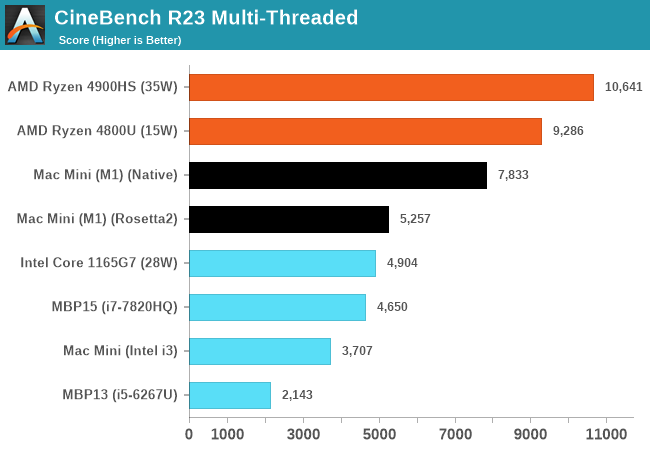
Related article: RAID 0 VS RAID 1: What’s the Difference and Which Is Better? Briefly speaking, it combines two RAID levels: RAID 0 and RAID 1. RAID 10, also known as RAID 1+0 or RAID 1&0, is a RAID configuration that combines disk mirroring and disk striping to protect data. In addition, write performance will increase because all RAID members participate in the writing requests. The structure of RAID 5 is shown as the following picture:Ĭompared with RAID 4, RAID 5’s distributed parity takes the stress off a dedicated parity disk among all RAID members. In this way, data can be recalculated and recovered. When one drive is failed, subsequent reads can be calculated from the distributed parity. It requires that all drives except one can be presented to operate.

Unlike in RAID 4, parity information is distributed among the drives. RAID 5 is made of block-level striping with distributed parity and it needs at least three hard drives. So, RAID 5 vs 10, what are their differences and which one is better? This post shows the answer. Different RAID levels need different number of hard drives and offer diverse redundancy, fault tolerance and performance. RAID configurations are organized into several levels such as RAID 0, RAID 1, RAID 5, RAID 6 and RAID 10. Redundant Arrays of Independent Disks (RAID) is a data storage virtualization technology that combines lots of disks into a logical unit in order to offer more storage space or improve hard drive performance. RAID 5 vs RAID 10: What Is the Difference?.


 0 kommentar(er)
0 kommentar(er)
